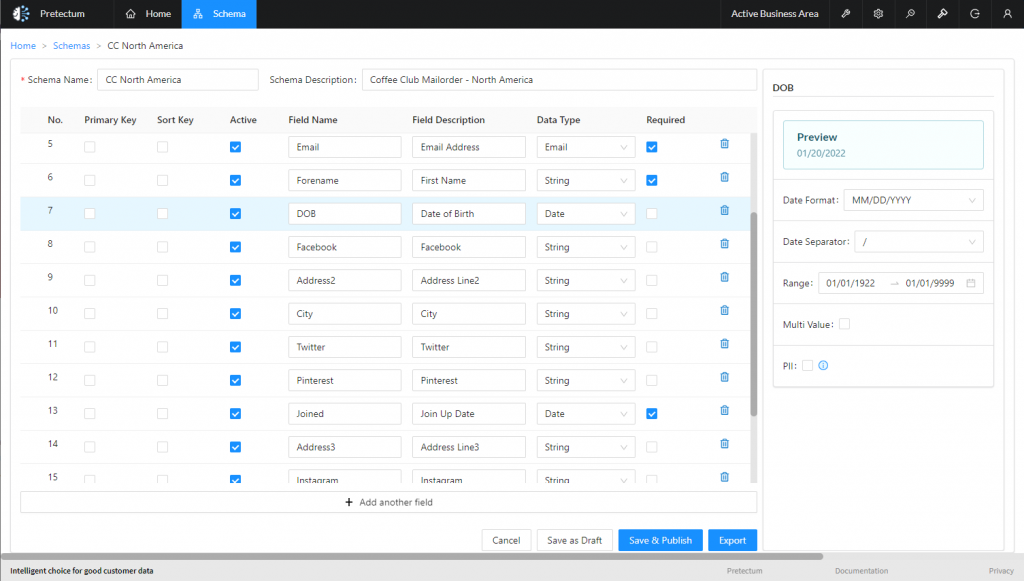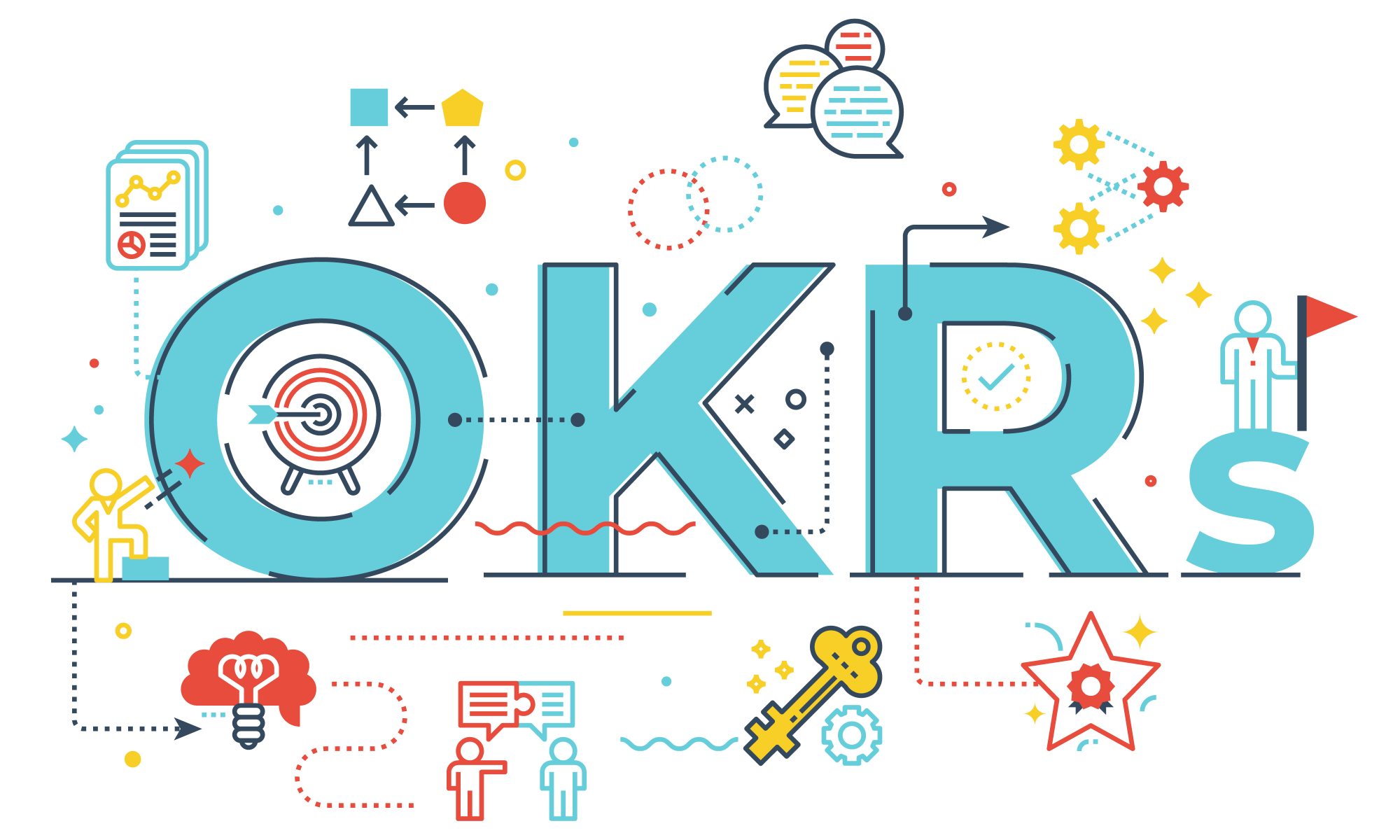So you’ve actually started governing and managing your data? You may even have implemented a master data management program. A fundamental question will be about the general health of your data governance and data management program. The best way to assess that is to look at your objectives and key results.
OKR’s are arguably a North Star for any data-related program. OKRs can be determinants of not just how your programs are running but also whether the measures that you have in place are proper and appropriate. Do they answer fundamental questions that you need to ask about your program and more particularly, your data?
The OKR’s themselves need to have a few ecosystem attributes in place in order to be effective though, among them, a regular cadence of assessment and reporting, friction-free change and calculation, and of course purpose. We’ll cover each of these off with a little more elaboration for you to consider.
Assessment and Reporting
Hopefully, you defined your OKRs at the start or midway through your project. Defining them at the start may even have been a prerequisite to getting executive sponsorship and investment.
Your first round of assessment of your initiative should start yielding results quickly, after-all you want to keep that momentum of support going. We think that a monthly checkpoint as a minimum is a good baseline interval.
Your communication plan should be polished and honed as you learn more and more about your data and your systems, but what you will also see, is that an evolving MDG and MDM program will elicit interest from more stakeholders and interested parties than you first thought.
Sometimes, just sometimes, an initiative like this will snowball into something much greater. So it is important to run those evaluations regularly and report on the key indicators and the trend.
You’ll want to report on a number of things but in keeping with most philosophies around Data Governance and Data Quality, you will report on data creation and change velocity where the data requests are coming from, and how well-aligned the requests and behaviors are with the overarching principles of your program. That means you will likely also want to report on business rule definition requests and changes too!
Friction-free change and calculation
OKRs are “living” things in the sense that they evolve over time. As the requirements of the business change, the OKRs change too. You’ll want to report with the most appropriate measures in place every time you call out progress.
For example, if you suddenly decide that keeping track of customer dates of birth is a key indicator of data quality because you use that to ensure that your data is compliant then you need to embark on a program to define, capture and maintain the date of birth and report on it!

Your assessment cadence can also be most effectively achieved if the tools and methods that you use can be automated. This means that you should either rely on tools that allow you to do this against a schedule or you’ll need to script in ways to do the assessment that minimize the manual intervention that would be most commonplace when you set this up for the first time.
Data Quality assessment tools are aplenty and many of the MDG and MDM technologies on the market including Pretectum’s CMDM support in-depth data profiling and data quality assessment as fundamentals. Setting those up with key attributes as your OKR’s might be a good start.
OKR’s with purpose
We have to remember why we’re doing this in the first place. OKRs serve several purposes but the primary driver for defining and establishing is to create organizational alignment. The use of acronym FACTS is used to determine why so many companies use the OKR model. Benefits that are expected to flow are Focus, Alignment, Commitment, Tracking, and Stretching.
The MDG and MDM OKRs for data should also be visible to all company levels – because everyone is responsible for good data, everyone should have access to the OKRs. We’re defining these measurable goals related to the data and driving towards an examination of how they lead to specific outcomes for all areas of the business from marketing through sales, service, support and logistics, and potentially other groups too.
If you feel that you have happened upon or implemented some interesting, useful or distinctive OKRs around your master data management and in particular your customer master data management, we’d love to hear about them, and perhaps you could even contribute an article describing it, that we could post here with you as a guest writer.
Learn how you can leverage the Pretectum CMDM approach to integration by contacting us for more information.


